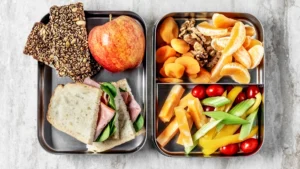The snap of green leafy vegetables and the crunch of raw carrots, can you think of anything more joyful than this? We bet you can’t! Because of this reason, keeping the perishables fresh until they reach your customers is a vital task that every fruit and vegetable supplier must keep in check.
This article will familiarize you with the most critical tricks for preserving fruits and vegetables fresh during dispatching.
1. Ensuring the Produce Quality
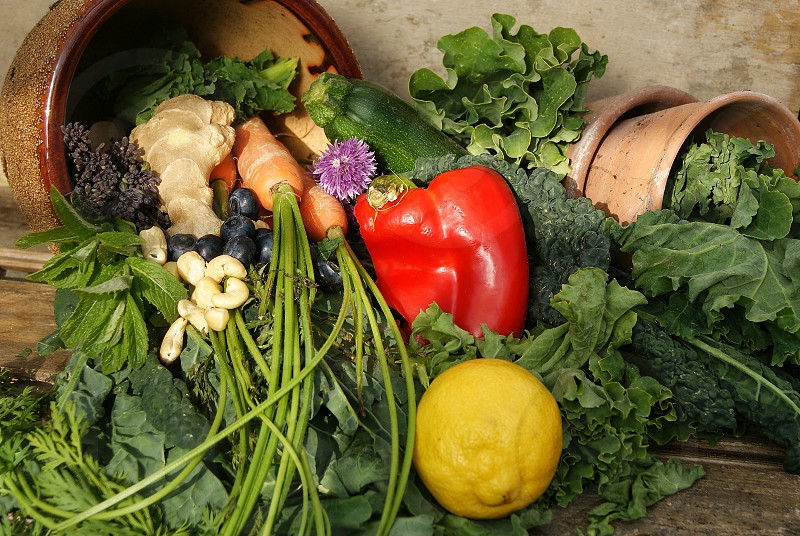
Source: community.snapwire.co
When shipping fresh produce to the clients, the first thing to ensure is the condition of the food you are sending. You do not want to disappoint them and lose your sales eventually, right? To avoid any such thing from occurring, review the quality of your fruits and vegetables before shipping them.
It is essential to check your produce for spoils when obtaining them from the distributors or your garden or farm. Distinguishing between fresh and spoilt produce requires studying them. It is also vital to know what items have gone rotten and what is likely to in the next few days if shipping takes more time than usual.
If you discover a lousy fruit or vegetable, separate it from the shipment to avoid contaminating the rest of the produce. A good supplier needs to deliver such products to the consumers on time.
2. Checking Storage Conditions
Fresh produce is among those items that get spoilt in a few days or weeks. However, it does not mean you cannot apply tricks to lengthen their natural condition. One of them is storing them in an appropriate environment by preserving a room temperature of only 2.5 degrees Celsius if their delivery is within one to two days. Ensure the food remains cold until it arrives at its terminus to avoid wilting.
You can place them in styrofoam or bamboo cans as they are suitable for the environment. When shipping within the city, you may include reusable ice packs to preserve the quality.
3. Using Appropriate Packaging
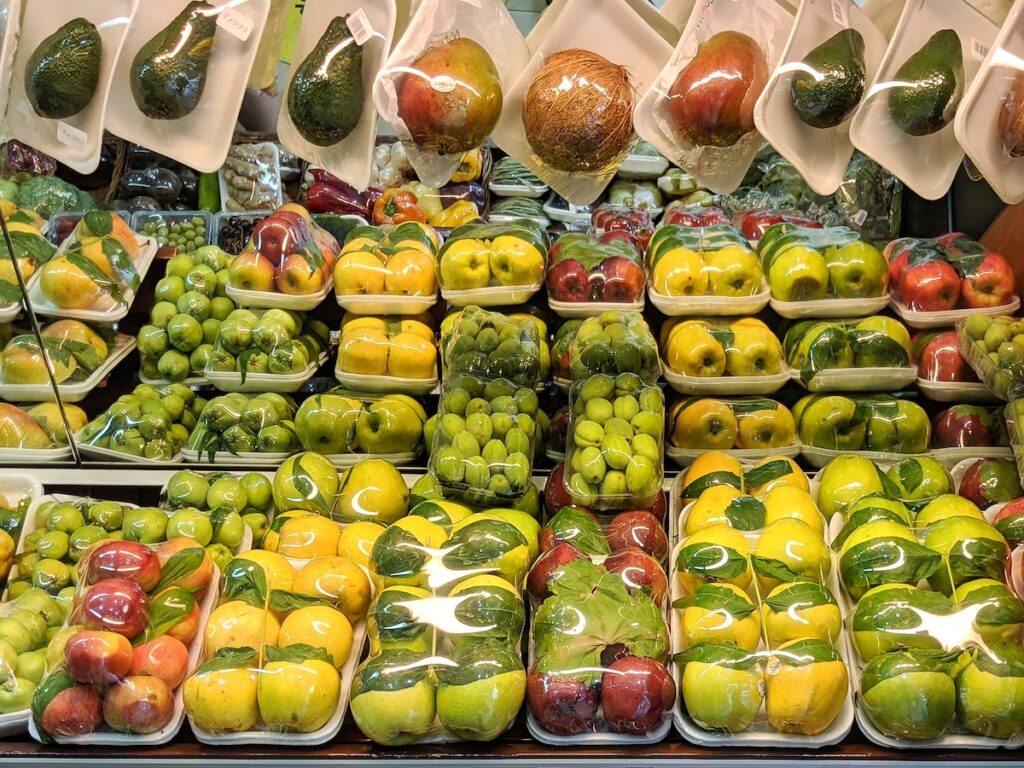
Source: ecowatch.com
Since moisture is the greatest enemy of raw produce, it is essential to keep it at bay by employing various tricks. One thing you can do to avoid reducing the condition of your food is to use proper packaging. Here are some tips to help you deliver your fresh food most appropriately:
- Employ sealed produce bins to store your fruits and vegetables.
- Seal all the different food items according to their classification.
- Use wooden crates for transferring heavy fresh food components.
- For small, fragile foods like berries and peaches, use plastic jars.
- To pack fragile items, like bananas and eggplants, add a layer of foam.
- Never use newspapers for packing fresh foods as it makes them moist.
4. Giving Them Room to Breathe
All foods require a little space to stay away from wilting. If you do congested packaging, it will ruin the quality of your fruits and vegetables as they will have no room to breathe. It is so because even after harvesting, farm stocks breathe for some time by absorbing oxygen and emitting Co2. But instead of giving them the required breathing space, if you jam-pack them, they will ruin within a day.
For instance, bananas go bad quickly if packed in a congested manner. Similarly, apples absorb odors from the surroundings, making them wilt speedily. So always, give your product some space to breathe.
5. Moving With a Workable Idea
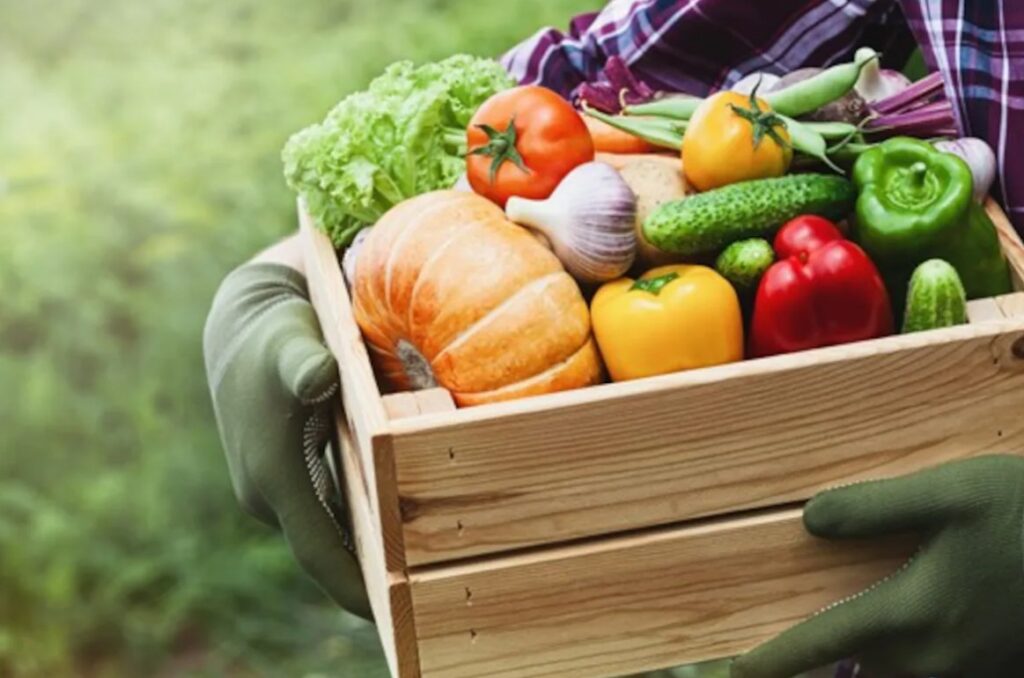
Source: food.ndtv.com
Moving forward with a plan is the right thing to do. Even if you are doing something as small as packaging the items in separate containers, it is crucial to have a plan. If you make a blunder in this step, you might face losses in the future by disappointing customers and losing sales.
Planning is a critical part of every process. So, when delivering a shipment, always create a plan for it. Such a plan must include when to pick up and send the goods. Besides, it is equally essential to consider the duration of storage of your products in the warehouse as time is of the essence in the delivery of fruits and vegetables.
A proper plan must also include communicating instructions with the customers relating to the storage conditions of the goods. If their order demands any special storage conditions, inform your customers. Do not let such items stay at a single place before shipping as it might affect their quality.
6. Stocking According to Order
When shipping products like fruits and vegetables, keep their demands in check. Since these items go rotten quickly during storage, it is vital to produce them according to their demand in the market. If you stock goods with less to negligible demand, you will only waste time and rot them.
If you want to avoid making such a mistake, perform a thorough market analysis of the area you usually sell your produce. You can do it by checking the online sales of your competitor or by conducting surveys.
It does not matter which option you choose as long as you have the required data in your hands. We hope you follow this step and avoid stocking unnecessary goods in your warehouse and instead stock only the fruits and vegetables in demand.
7. Learn About Their Resilience
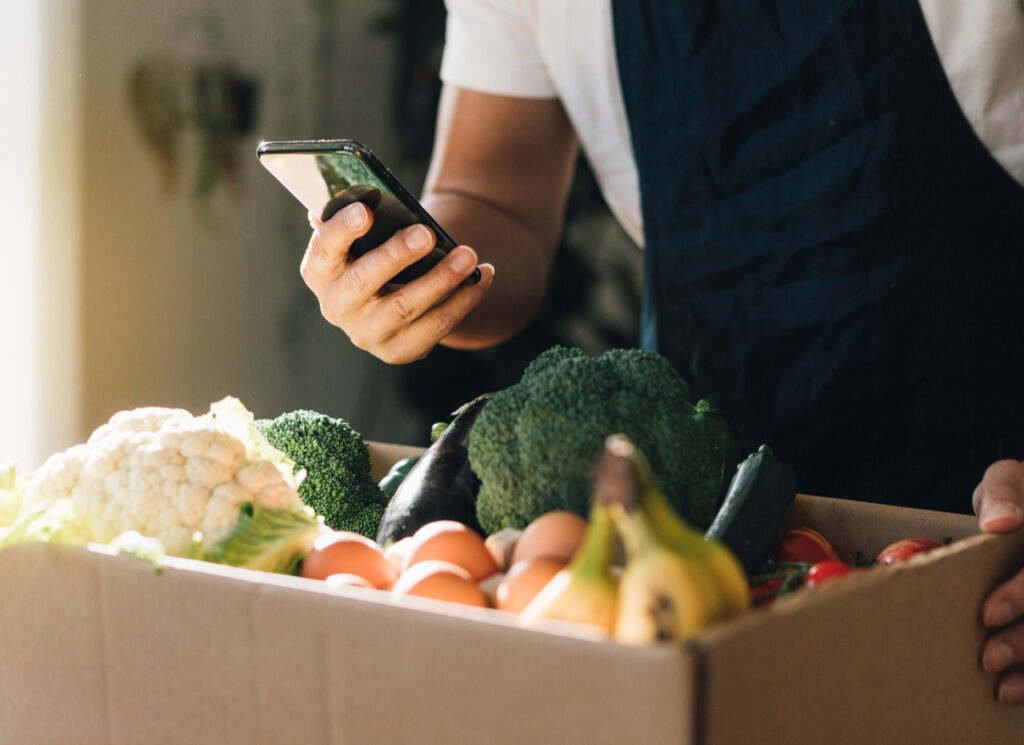
Source: myrecipes.com
Before shipping the fruits and vegetables, it is vital to learn about their resilience. If you do not know the shelf-life of certain products in packaging, you will run a risk. For instance, vegetables like carrot, cabbage, celery, potato, garlic, and red onion last for seven days on the rack.
Produce such as, peach, paprika, watermelon, spinach, orange, broccoli, and avocado lasts for around two to four days in a container. Melon, cucumber, banana, peas, corn, wine, lettuce, zucchini, and strawberry can last for one to two days in packaging for delivery.
Final Thoughts
We hope these seven tips help you keep your produce fresh until they reach your customers. If possible, use expedited shipping for sending such items as packaging and quality play a vital role here. When your customers are satisfied with the purchase, it will also benefit you.

